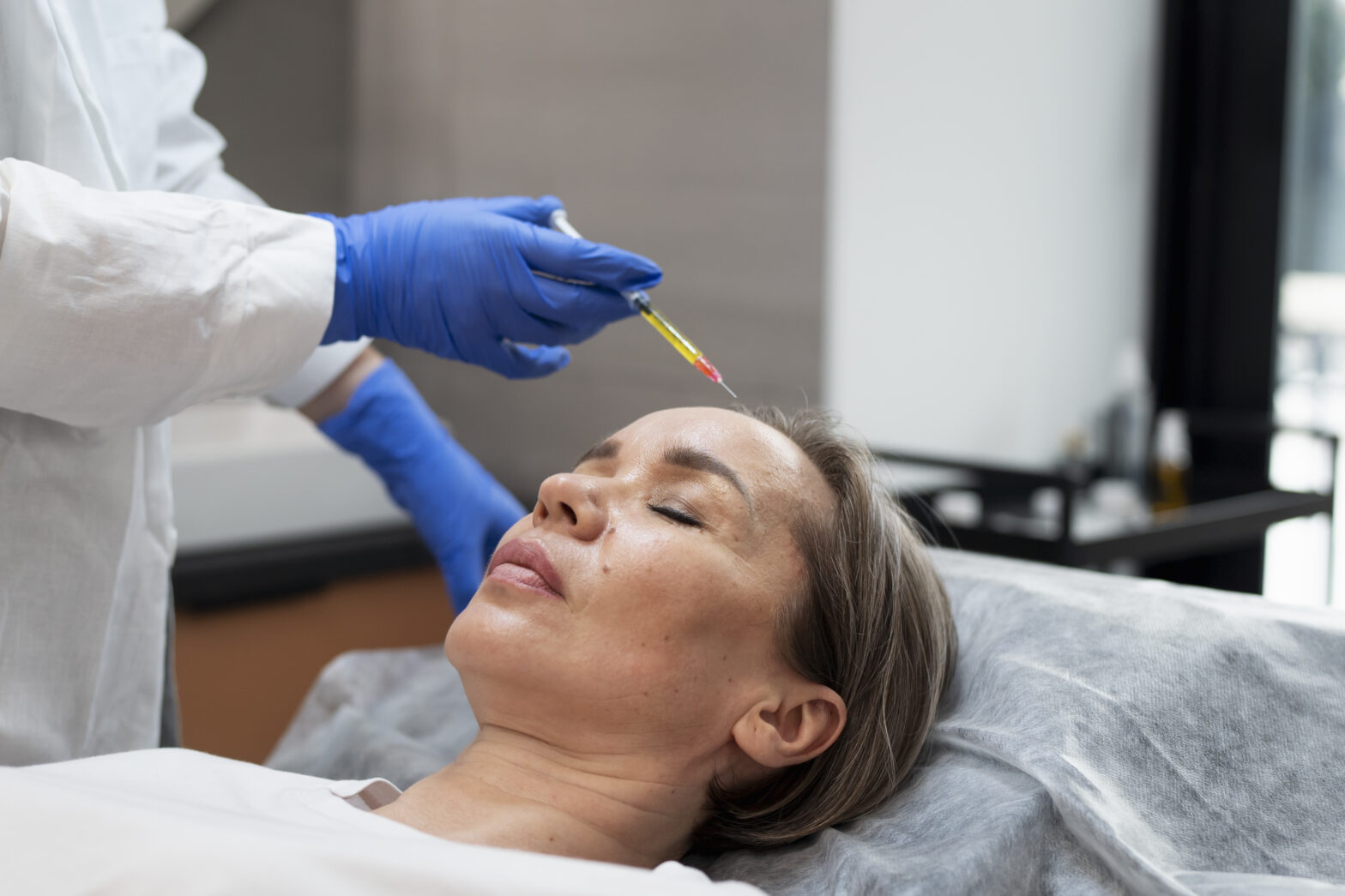Ever wonder why sportsmen and bodybuilders can create such enormous muscles and are so strong? Although a good diet and regular exercise are rather vital, testosterone is also quite crucial. This strong hormone affects overall muscular strength, healing speed, and growth of muscles in particular. Understanding the function of testosterone in muscle development will enable us to explain why some individuals may have more difficulty than others growing muscle, as well as how our bodies become stronger and remain strong. Today, we will go more into testosterone’s effects on strength and development.
What Exactly Is Testosterone?
Mostly found in men’s testes, testosterone is a steroid hormone found in very minor levels in women’s ovaries. Many physical processes, including the formation of body hair, muscle and bone mass, and the development of male sexual organs, depend critically on it. Though most people see testosterone as a masculine attribute, women notably need it to maintain their muscular mass and bone strength.
How do Muscles Develop And Expand?
Muscular development under which strength exercise damages the muscular fibers is known as hypertrophy. Starting a healing process, satellite cells—stem cells—become active, proliferate, and link to the damaged muscle fibers. This results in stronger and larger muscles. Testosterone increases this process’s speed by:
Protein Synthesis:
Testosterone accelerates the synthesis of proteins, vital building blocks for muscle formation, by the body.
Halting The Protein Breakdown:
It slows down the degradation of muscle proteins, therefore allowing more proteins to accumulate in muscle tissue.
Getting Satellite Cells In Action:
Testosterone increases the quantity and activity of satellite cells, therefore supporting muscle development and healing.
Getting The Growth Hormone Working More Effectively:
It increases the production of growth hormones, which aids in muscle building and even greater burning of fat.
Testosterone Levels And Body Mass
Increased testosterone directly relates to higher muscular development and strength. This is the reason males often have higher muscular mass than women. A decrease in muscular size and strength, known as sarcopenia, results from typically declining testosterone levels as one age. Knowing this decline helps one to develop strategies to maintain the muscles of elderly persons in good condition.
What Is Peptide Therapy For?
Peptide therapy for weight loss may help the body burn fat, develop muscle, and alter overall appearance by means of simpler burning of calories. Together with sufficient testosterone, the benefits on muscular development and strength might be really significant. Finding the correct peptides and ensuring their safe and efficient usage depend on speaking with a doctor.
Testosterone Replacement Treatment, Or Trt
Those with clinically low testosterone levels could be advised testosterone replacement therapy (TRT). TRT delivers testosterone either via injections, creams, patches, or tablets to bring levels back to normal. Although TRT may significantly increase your muscle growth, strength, and quality of life, you should exercise great caution and only use it under medical advice since it has hazards and negative effects.
What Food Increases Testosterone And Muscle Building?
Maintaining high testosterone levels and developing muscle depend much on nutrition. Here are some meal ideas for contemplation:
How Much Protein?
Building and mending muscles depend on adequate protein. Select lean sources such fish, eggs, poultry, turkey, and plant-based meals including lentils and beans.
Good Fats:
Eat avocados, olive oil, nuts, seeds, and other healthy fats. Making hormones requires these lipids.
Carbohydrates And Sugars:
Carbohydrates provide the fuel you need to work out intensely. For carbohydrates, choose fruits, vegetables, and healthy grains.
Micronutrients Are:
Especially magnesium, zinc, and vitamin D—all associated to producing testosterone—make sure you receive adequate minerals and vitamins.
Working Out And Testosterone
Working out is among the finest approaches to increase testosterone levels. High-intensity interval training (HIIT) and strength training both have been demonstrated to significantly enhance testosterone levels. Combining challenging activities such squats, deadlifts, bench presses, and runs can help your body produce more testosterone and develop muscles.
Break Off And Heal
While diet and exercise are vital, so are proper sleep and healing time. When you overtrain, high levels of cortisol might result from which your body loses testosterone production. Get adequate sleep, allow your muscles time to repair, and schedule rest days to help you avoid stress and maintain the balance of hormones.
Monitoring Testosterone Levels And Modifying Them
Regular testosterone testing may help identify issues early on so they may be promptly corrected. Blood tests provide both total and free testosterone levels, therefore offering a whole picture of endocrine condition. Working with a healthcare professional to correct any imbalances by means of adjustments in lifestyle, diet, or medical treatments helps one to maximize muscular mass and overall health.
Conclusion
All things considered, testosterone is a rather crucial hormone for increasing muscular mass and strength. Muscle development and overall health, in general, will be much better if one understands how it works and how to maintain levels at their greatest via diet, exercise, lifestyle choices, and maybe even medical treatments like Peptide therapy for weight loss. If you remain fit and healthy, or if you are an athlete striving for improvement, you should monitor your testosterone levels. Following these guidelines will help you to get on your journey to meet your muscular and strength objectives.










